Weaning is the process of introducing your baby to solid foods. It usually begins with the first taste of food and ends with the last meal of breastmilk/formula.
Weaning your little one is no small feat and should be celebrated! It simply means you’ve not only birthed a full human but you’ve also nursed (whether EBF/FF/BFF), nurtured and cared for this little human for 6 solid months!
This is a good time to clap your hands and pat yourself on the back… You’ve done well! Most people start weaning their babies at 6 months while others begin earlier (4 months) and some others, much later.
Signs to look out for before you start weaning your baby
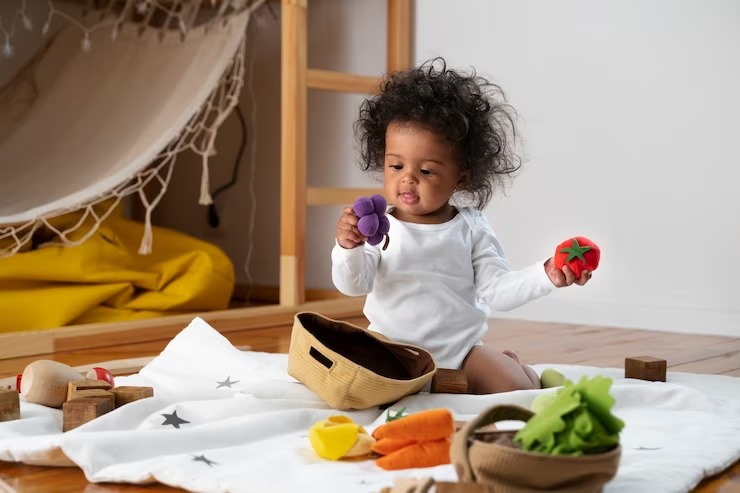
There is no one-size-fits-all approach to weaning, although it has different stages. There are some specific signs to look out for before weaning your baby, some of them include: your baby holding its head up without assistance, indicating interest in solid foods at family mealtimes, sitting up well (alone) and picking up food items and putting in their mouth.
There are tons of homemade recipes you can try while weaning your little one(s). My all-time favourites are mashed fruits/veggies and purees.
Purees
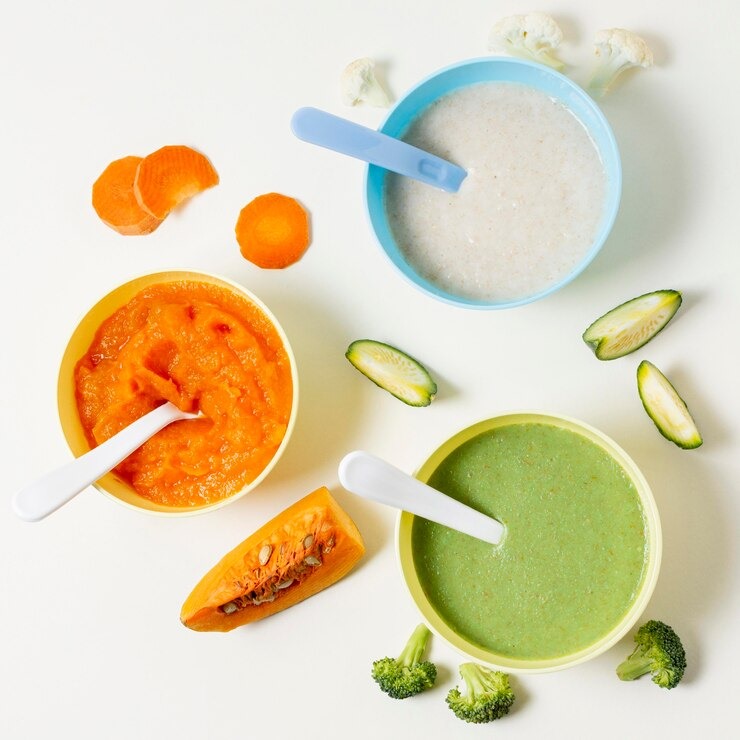
Purees are a great way to introduce various solids, fruits and vegetables to your babies. They are almost like smoothies but there are a few differences. They are rich in nutrients and vitamins which your little one needs for proper growth and development. They are also very good for bowel movements.
The best part of purees when it comes to weaning is that you can make a puree out of almost anything you want to introduce to your babies. Most purees are named after the major ingredient (fruit/veggies) that they are made from. There are various types of purees. Here are some of my favourites:
Apple Purees
As the name implies, this puree is made from apples.
Get 1 medium-sized apple, rinse it properly and peel off the back. Then chop into small sizes and boil (or steam) for about 5 minutes. Once the apples are fork-soft, pour into a sterile blender, add some breast milk (or formula/water) and grind till you have a smooth consistency.
Pour into a clean feeding bowl, serve your little one and watch them enjoy this delicacy…lol. Do I need to mention the nutritional benefits of apples for your little one? You can check them out here.
Carrot Purees
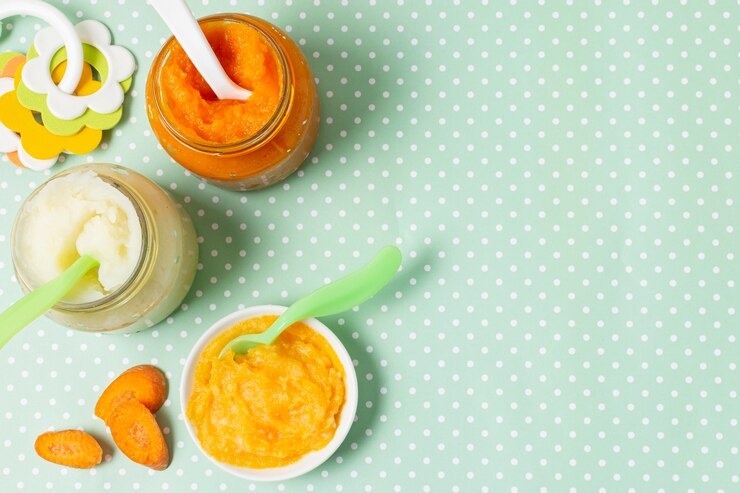
These are made from carrots. Just like the apples, you must wash the carrots properly (maybe scrape the back off lightly), then cut into bits and steam for a few minutes until it is fork-soft, then pour into a sterile blender, add some breast milk (or formula/water) and blend until you have a smooth paste. It doesn’t need any sweetener; your little one would love it.
Carrots are a great source of Vitamin A which is essential for eye health, it is also good for their skin, liver and hair.
Yoghurts
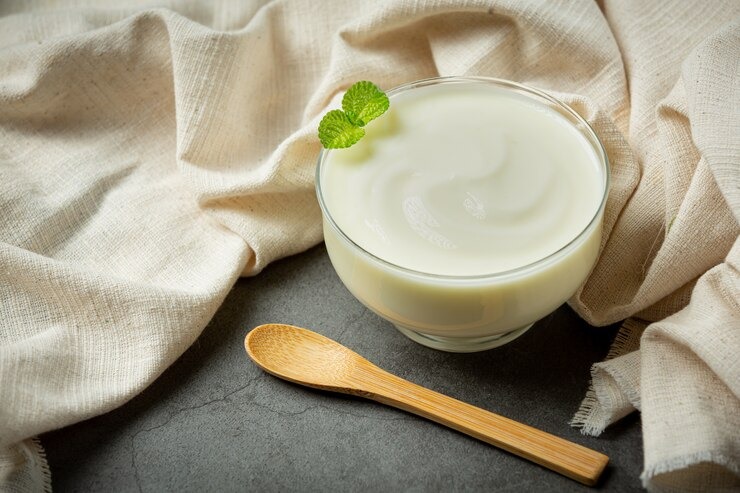
Yoghurts are a great way to introduce your little one to dairy products. They’re a great source of bone-friendly nutrients such as proteins, calcium, phosphorus and many more. They are also a good base for most fruit purees for much older babies.
When serving this to your little ones, ensure to go for the unsweetened Greek yoghurts. If you must sweeten it, please add only homemade date syrup. They are best served cold for teething babies.
Plantain Purees
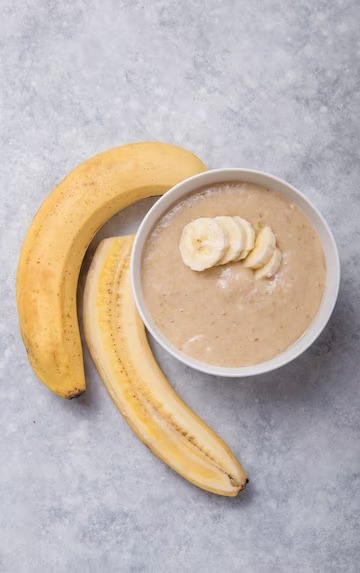
Plantain purees are packed with B vitamins, folates, magnesium, potassium and many others. It helps them develop a strong immune system, absorb iron, turn food into energy and grow their cells and tissue. There are various ways to prepare plantain purees but for starters, try to keep it at just plantain.
Pick out very ripe plantains and wash them thoroughly, peel the back off and cut into small sizes, then steam/boil it and once it is fork-soft, pour into a clean blender and add some breast milk/formula/water and blend till you achieve a consistency you’re comfortable with for your little one and serve this yummy goodness.
P.S – it is very sweet. So don’t be surprised if your little one(s) starts crying as soon as you stop feeding them.
Mashed Beans
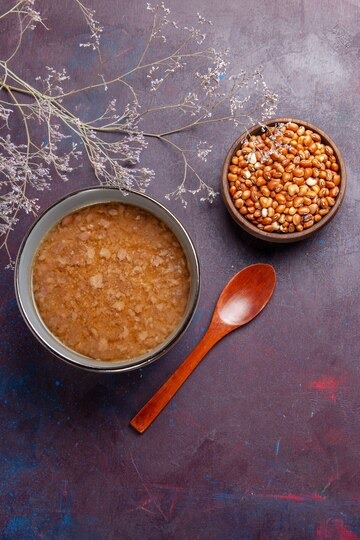
Beans are a great source of complex carbohydrates, which are good for your baby’s developing brain. Soak a small amount of beans in water and peel off the back, boil in water till it is very soft. Mash with a spatula or a blender. Please do not add any seasoning (salt, maggi, etc), if your baby isn’t allergic to seafood, you can include some fish/crayfish while boiling the beans. Serve and discover the foodie in your baby.
Mashed Sweet Potatoes
Sweet Potatoes are great antioxidants. They help protect babies’ cells against damage. They are also a source of vitamin A, which your little one needs for proper development of their skin, eyesight and immune system.
Wash thoroughly and peel off the back of the sweet potatoes. Cut into bits and boil without seasoning. Once it is fork-soft, pour into a strainer to take out the water and then pour into a clean bowl and mash using a fork or spatula. Add some breast milk/formula to liquefy until you achieve the desired consistency.
Mashed Bananas
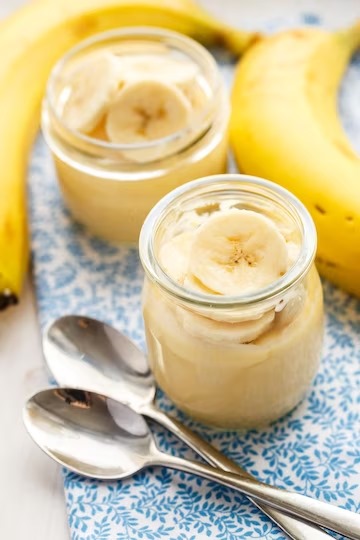
Trust me when I say I’m yet to meet a baby that doesn’t love mashed bananas. It’s almost as if they are aware of the truckloads of goodness embedded in bananas.
Bananas are packed with nutrients that support the nervous system, skin health, iron absorption, brain development and blood pressure. And what’s more? They’re very easy to prepare, so you should love it too.
Wash off the bananas in water and salt, to avoid the transference of germs/bacteria from the back. Peel off the back and cut the banana into smaller bits and mash in a clean bowl. Serve as it is or mix with breast milk/formula till you’re comfortable with the result. Yum!
It is important to note that when introducing fruits/vegetable purees to your baby (especially those between 4-6 months), you should go at it one fruit/veggie at a time. Unlike smoothies, you shouldn’t blend a lot of fruits at once.
This will help you identify your baby’s reaction to each food item and in case of an allergy, you can easily cut out that item from their diet. As your baby gets older and more accustomed to these foods, you can now combine fruits and vegetables to make purees, knowing what works for your baby and what doesn’t.
Fruits/Veggies must be boiled/steamed, this helps the puree have a finer consistency, it also takes care of the fear of choking on particles of the fruit/veggie that might have escaped the blender’s blade. It also prevents tummy troubles and bloating.
For more interesting insights on weaning and parenting tips, join our parenting community on Fusion.






4,179 Responses
clindamicina same gel monuril 3g fosavance 70 mg/5600 ui prezzo
fluocaril 250 Pharmacie Express mГ©dicament sans ordonnance
pharmacy mexico online mexican pharmacy percocet pharmacy store online
mexican pharmacy anabolic steroids buy medication online mexican pharmacy that ships to us
online medical store india: india pharmacy website – e pharmacy india
http://inpharm24.com/# india pharmacy delivery
buy medicine from india: InPharm24 – prescriptions from india
cialis pharmacy review: schnucks pharmacy buttler hill rd store hours – military pharmacy viagra
mexican pharmacy coupon code: pharmacy cancun mexico – ozempic mexico cost
pharmacy online india pharmacy india buy medicines online
https://pharmexpress24.shop/# can you use target pharmacy rewards online
bringing tramadol from mexico to us: cheap medicine online – cheap prescriptions online
fluoxetine target pharmacy: Pharm Express 24 – best online pharmacy review
tirzepatide available in mexico Pharm Mex order from mexico
buy ozempic mexico online: mounjaro mexico pharmacy – can you buy ozempic in mexico over the counter
ritalin mexican pharmacy: can you buy viagra over the counter in mexico – american pharmacy online
muscle relaxer mexico: best pharmacy in mexico – mexican pharmacies that ship to the united states
viagra price pharmacy: Pharm Express 24 – strattera online pharmacy
mexican amoxicillin 500mg: Pharm Mex – mexican pharmacy beauty products
medi rx pharmacy: rx discount pharmacy – Shallaki
rite aid pharmacy viagra: online pharmacy viagra cialis – cigna online pharmacy
best online pharmacy india InPharm24 buy medicine online india
proscar online pharmacy: mail order pharmacy – viagra overseas pharmacy
online pharmacy india: InPharm24 – azelaic acid india pharmacy
tijuana pharmacy near border: my mexican pharmacy – antibiotics mexico
can you buy viagra over the counter in mexico: cost of prednisone in mexico – can you buy doxycycline over the counter in mexico
renova mexico pharmacy: Pharm Express 24 – save on pharmacy
order cialis at online pharmacy: dutasteride pharmacy – target pharmacy lovastatin
pharmacy india pharmacy website in india india pharmacy delivery